![[Cropped photo originally by Kim Love via Flickr.]](/sites/default/files/styles/teaser_list_thumbnail_large/public/title_images/unnamed_6.png?itok=Xmr4rhLT)
The effort to limit children's daily sugar intake is gaining traction, fueled by emerging science, new beverage taxes, and new pediatric recommendations.
![[Cropped photo originally by Kim Love via Flickr.]](/sites/default/files/styles/teaser_list_thumbnail_large/public/title_images/unnamed_6.png?itok=Xmr4rhLT)
The effort to limit children's daily sugar intake is gaining traction, fueled by emerging science, new beverage taxes, and new pediatric recommendations.
![[Photo by USDA via Flickr.]](/sites/default/files/styles/teaser_list_thumbnail_large/public/title_images/unnamed_106.jpg?itok=qxjDyHWk)
It's those first 1,000 days — from conception until a child's second birthday — that the brain most needs the right mix of nutrients to fully form. But programs that focus on such developmental goals are now at risk.

It's tempting to read this week's news in political terms — Trump guts another Obama policy — but the actual changes are exceedingly modest.
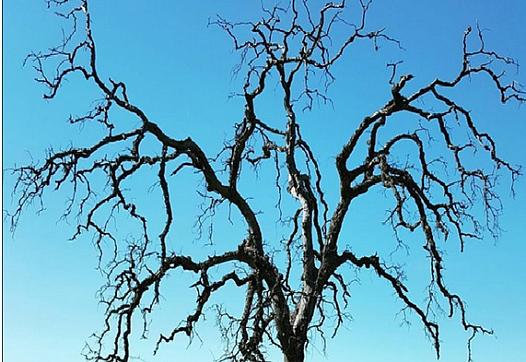
In reviewing the series that I wrote for the USC Annenberg School of Journalism School of Health Journalism, it is critical to remember that it was penned during a very different political climate than the one we are currently facing in the United States. When the piece began, the Obama administrati

In California’s Salinas Valley, the lack of living wages for farmworkers has resulted in ongoing cycles of poverty, violence and health problems.
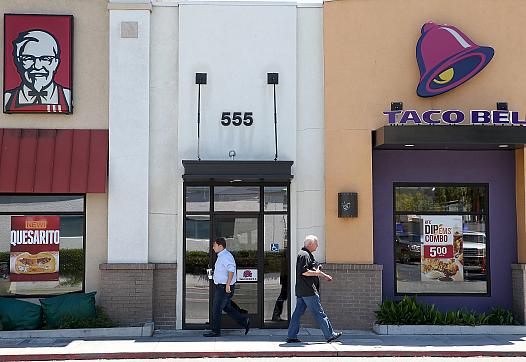
Whether it's Taco Bell’s Naked Chicken Chalupa or the Flamin' Hot Cheeto Bagel, media coverage of stunt foods “only normalizes extreme levels of salt and sugar in food and alters our taste buds to promote addiction,” argues Dr. Monya De.
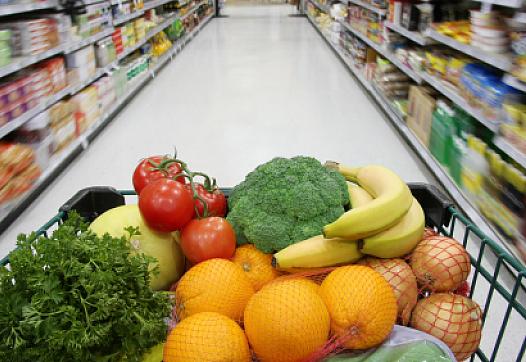
This article was produced as a project for the USC Center for Health Journalism’s California Fellowship.
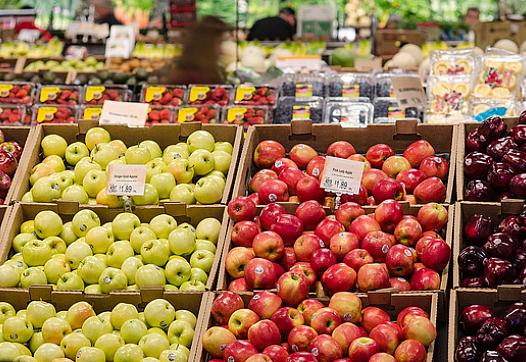
This article was produced as a project for the USC Center for Health Journalism’s California Fellowship.

Breastfeeding rates have risen in recent years, but big differences remain between states. Here's a look at the latest numbers and why many moms still find it hard to breastfeed.
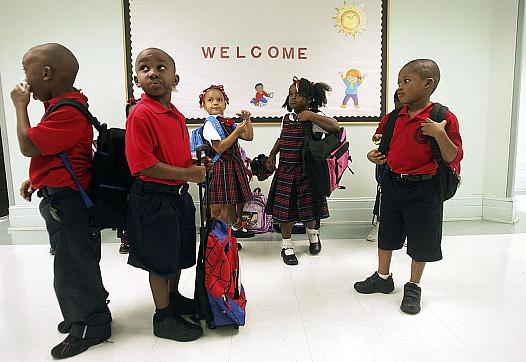
New Orleans restarted its public school system a decade ago after Hurricane Katrina. But addressing the lingering trauma and stress faced by the city's children is a huge ongoing challenge.